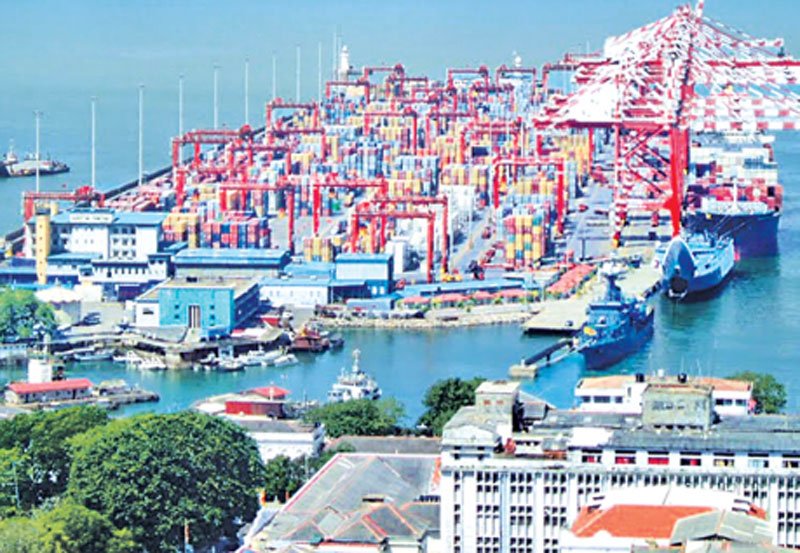

Transshipment volumes at the Port of Colombo dropped for the second consecutive month in June, with a 5.1% year-on-year (YoY) decline to 516,742 twenty-foot equivalent units (TEUs). This follows a similar decline in May, attributed to services rerouting to avoid heavy congestion.
The port also saw a 20.1% YoY reduction in container ship calls. Industry sources cited inter-terminal delays and increased clearance times as key issues, leading to significant operational challenges.
Despite a strong start to the year with a 9.6% YoY growth in transshipment volumes during the first half of 2024, the recent congestion has hindered progress. Maersk had previously warned of potential capacity constraints, urging improvements in efficiency to capitalize on transshipment traffic.
In June, overall container throughput at the Port of Colombo decreased by 0.9% YoY to 634,854 TEUs. Import container volumes rose by 28.9% YoY to 44,609 TEUs, while export volumes increased by 4.5% YoY to 22,089 TEUs. Restowing volumes saw a substantial jump of 58.5% YoY to 21,908 TEUs.
Colombo International Container Terminal (CICT), the port’s only fully operational deep container terminal, handled 272,577 TEUs, a 4% decline from the previous year. The congestion has benefited other regional ports like Nhava Sheva and Mundra.
Industry stakeholders have suggested relocating import cargo to alleviate congestion, though the Sri Lanka Ports Authority (SLPA) has yet to endorse this due to investment concerns. The SLPA is anticipating capacity expansions from the upcoming West Container Terminal and crane installations at the East Container Terminal to address these issues.